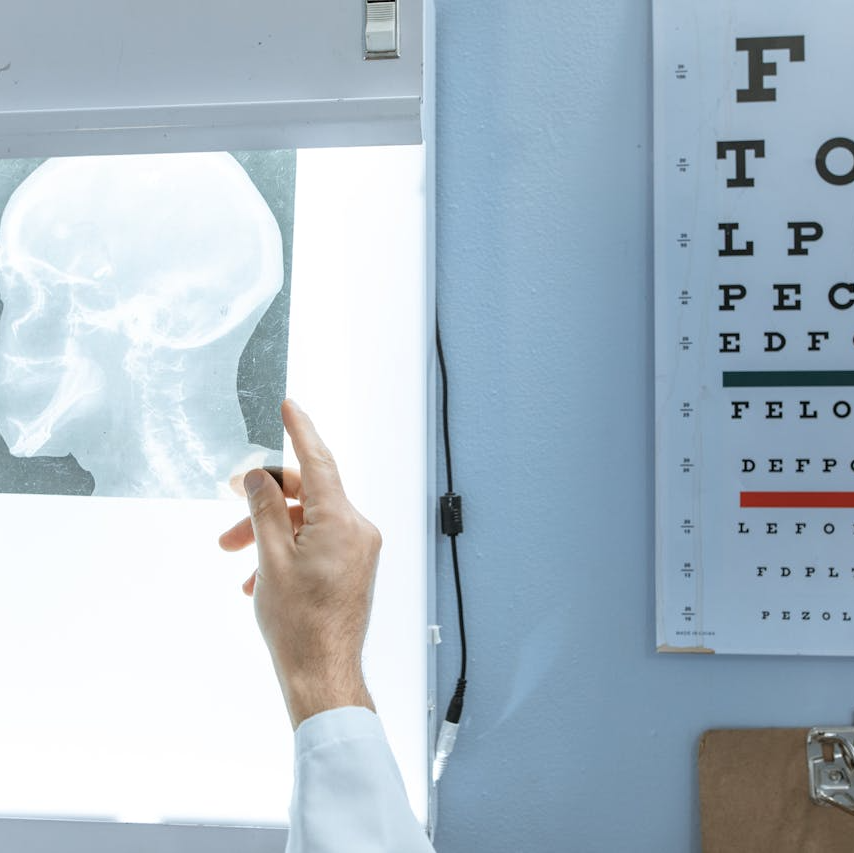Key Takeaways
- Telemedicine services allow retirees to access medical care from home, providing convenience and flexibility.
- Medicare has expanded its coverage to include telemedicine, making it easier for retirees to receive healthcare without leaving their homes.
Telemedicine for Retirees: Here’s How Medicare Makes It Easier to See a Doctor from Home
The rise of telemedicine has transformed healthcare access, especially for retirees who may face mobility challenges or live in remote areas. Today, Medicare offers broad coverage for telemedicine services, making it easier for retirees to consult with healthcare providers without stepping out of their homes. This shift towards virtual healthcare allows seniors to manage chronic conditions, access preventative care, and maintain regular communication with their doctors—all from the comfort of their living room.
The Growth of Telemedicine: What Does It Mean for Retirees?
Telemedicine has grown rapidly in recent years, driven by advancements in technology and a growing need for more accessible healthcare solutions. For retirees, this is particularly beneficial as telemedicine eliminates the need for long trips to the doctor’s office, potentially reducing stress and time spent in waiting rooms. Whether it’s routine check-ups or consultations for ongoing conditions, telemedicine offers a practical solution for those who prefer or need to stay at home.
Why Telemedicine Matters for Older Adults
As individuals age, maintaining regular healthcare visits becomes more essential. However, many older adults face barriers to accessing in-person care. These may include:
- Mobility issues: Traveling to medical facilities can be difficult for seniors who rely on assistance or have limited mobility.
- Transportation challenges: Retirees living in rural areas often struggle to find convenient transportation to healthcare providers.
- Health concerns: Chronic conditions may make frequent visits to healthcare providers burdensome.
Telemedicine addresses these challenges by providing direct access to healthcare professionals via phone or video consultations. This allows retirees to discuss symptoms, follow up on treatments, and manage their health without leaving home.
How Medicare Supports Telemedicine for Retirees
Medicare has significantly expanded its telemedicine coverage over the years, offering retirees a wide range of healthcare services from their devices. Previously, Medicare only covered telemedicine services in specific circumstances, such as when beneficiaries lived in rural areas or had to visit an approved healthcare facility for the consultation. However, recent changes have broadened this coverage, especially in response to the growing need for safe and convenient healthcare options.
The Expansion of Telemedicine Services
Today, Medicare offers expanded telemedicine services across the board. These services are available under Medicare Part B, which covers outpatient services, and they include a variety of virtual visits:
- Virtual check-ins: These are brief consultations with a doctor via phone or video to address minor concerns or symptoms.
- E-visits: Patients can communicate with healthcare providers via online portals for non-emergency medical issues.
- Telehealth visits: Full consultations with healthcare providers conducted through video conferencing platforms, offering the same quality of care as in-person visits.
The flexibility of these services has made healthcare more accessible for retirees, allowing them to stay on top of their health without needing to visit a doctor’s office in person.
Telemedicine and Medicare Part B: What’s Covered?
Medicare Part B plays a significant role in making telemedicine accessible to retirees. It covers a range of services provided through telehealth, including:
- Consultations with primary care physicians
- Specialist visits (such as cardiologists or neurologists)
- Mental health counseling
- Routine follow-ups for chronic conditions
For most of these services, Medicare Part B covers 80% of the approved amount after the annual deductible is met. However, patients are responsible for the remaining 20%, unless they have supplementary insurance that covers the difference. It’s important to note that these consultations must occur through approved platforms to ensure compliance with Medicare’s telehealth guidelines.
The Benefits of Telemedicine for Retirees
Telemedicine offers a wide range of benefits for retirees, making it an appealing healthcare option for older adults. Below are some of the primary advantages of using telemedicine services under Medicare.
Increased Access to Care
Retirees, especially those in rural or remote areas, may find it difficult to access healthcare services. Telemedicine bridges this gap by allowing patients to consult with healthcare providers regardless of their location. This is particularly beneficial for specialists, who may not always be available in every area.
Reduced Risk of Infections
For retirees with weakened immune systems or chronic conditions, visiting a healthcare facility can expose them to infections or viruses. Telemedicine offers a safer alternative by enabling patients to receive medical advice and care without the risk of being exposed to other illnesses in waiting rooms or hospitals.
Convenience and Flexibility
Telemedicine services can be accessed from the comfort of home, allowing retirees to schedule appointments that fit their daily routine. This is especially important for those managing multiple health conditions or who require frequent follow-ups. The flexibility of telemedicine allows them to stay on top of their health while minimizing disruption to their lives.
How to Prepare for a Telemedicine Appointment
While telemedicine offers convenience, it’s important for retirees to prepare for their virtual appointments to ensure they get the most out of the consultation. Here are some practical tips for preparing for a successful telemedicine visit:
-
Check your technology: Ensure that your smartphone, tablet, or computer is properly set up for the telemedicine platform your healthcare provider uses. Test your camera and microphone ahead of time to avoid technical difficulties during the appointment.
-
Make a list of symptoms and concerns: Just like with an in-person visit, it’s helpful to have a list of questions or concerns to discuss with your doctor. This ensures that you cover all important topics during the consultation.
-
Gather your medical information: Keep a list of your medications, recent test results, and any other relevant health information handy. This will help your healthcare provider make informed decisions during the virtual visit.
-
Choose a quiet space: Make sure you’re in a quiet area with minimal distractions so you can focus on your conversation with your healthcare provider.
By following these steps, retirees can make the most of their telemedicine appointments and receive the care they need efficiently.
Common Telemedicine Myths Debunked
Telemedicine is a relatively new concept for many retirees, and with new technology comes misconceptions. Here are some common myths about telemedicine and the truth behind them.
Myth 1: Telemedicine Isn’t as Effective as In-Person Visits
Some retirees may worry that virtual visits are not as comprehensive or effective as seeing a doctor face-to-face. However, telemedicine consultations are highly effective for many routine health issues, such as managing chronic conditions, medication refills, and even mental health counseling. While certain conditions may still require in-person visits, telemedicine offers high-quality care for a wide range of issues.
Myth 2: Telemedicine Is Too Complicated for Older Adults
Another common myth is that telemedicine requires advanced technical skills that older adults may struggle with. In reality, most telemedicine platforms are designed to be user-friendly, and many healthcare providers offer support to help patients navigate the technology. With a little practice, retirees can easily adapt to the virtual healthcare model.
Myth 3: Telemedicine Doesn’t Cover All Medical Needs
While it’s true that some conditions require in-person care, such as physical exams or surgical procedures, telemedicine covers a wide array of services. Many primary care needs, specialist consultations, and even therapy sessions can be conducted virtually.
What’s Next for Telemedicine and Medicare?
As technology continues to evolve, it’s likely that telemedicine will become an even more integral part of healthcare for retirees. Medicare’s ongoing expansion of telehealth coverage is a testament to the growing importance of virtual care in the healthcare landscape. Moving forward, retirees can expect to see continued improvements in telemedicine technology, making virtual healthcare visits even more convenient and accessible.
Telemedicine as a Long-Term Solution
The convenience, flexibility, and safety that telemedicine offers are compelling reasons for retirees to embrace this mode of healthcare. With Medicare’s support and the advancements in telemedicine, older adults now have more options than ever to manage their health effectively from home. As telemedicine continues to grow, it will likely become a permanent fixture in how retirees access care.
Staying Connected with Healthcare from Home
As retirees continue to seek convenient and safe ways to manage their health, telemedicine provides a powerful solution. With Medicare’s expanded coverage and the growing popularity of virtual healthcare, retirees can confidently embrace telemedicine as a key tool in maintaining their well-being without leaving home.









